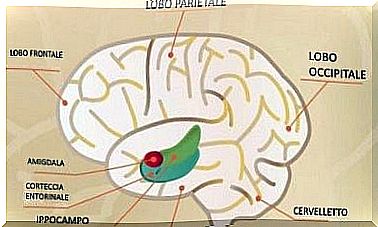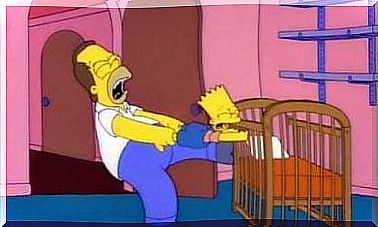The Fixed Role, Technique By George Kelly

Within the framework of constructivist models, George Kelly developed the theory of personal constructs and the technique of the fixed role. According to this approach, the individual is the architect of his own reality, therefore the latter is not at all immovable nor totally intelligible.
In short, reality depends on the individual. Therefore, there is no single reality, but as many as there are people on the planet. Through what Kelly dubbed a “personal construct”, people give meaning to their reality.
Constructs are bipolar dimensions of meaning that constitute the structured set of knowledge that allows the individual to understand and predict his own experiential world. Thus, the construct takes on the dual function of processing information that reaches the senses and anticipating future events.
For example, if I know a person, I can represent them on the basis of the “nice” construct as opposed to “unpleasant” based on my previous experiences with this construct.
Here, then, is that people behave like “scientists”: they formulate theories, or systems of constructs, which help them organize, predict and negotiate their experience with the world. The construction of the experience will influence the behavior choices of the individual.

Fixed role technique
The technique of the fixed role was developed by Kelly in 1955. Although other techniques have been developed starting from the theory of personal constructs, such as that of grids, the technique of the fixed role is the most representative of the model.
The aim is to activate the patient’s therapeutic change by exploring other patterns of himself, different from those he already has about himself.
Personal constructs largely determine our behavior. Based on the previous example, if after meeting a person I attribute the construct of “nice” to him, most likely my behavior towards him will be consistent with that construct.
That is to say, I will approach that person, start a conversation, want to be in their company, etc. The same is true for the opposite situation: again, the behavior will be affected by the construct system.
If I have unsuitable or ineffective personal constructs (that is, if they attribute the “obnoxious” construct to every person I know), my behavior will always be affected by that construct and I will not benefit from it.
In this regard, Kelly suggests that we turn into actors and force ourselves to behave as if we have labeled the person as “nice” rather than “unpleasant”. This increases the chances of exploring more effective construct systems.
Phases of the fixed role technique
George Kelly’s technique consists of precise steps that must be implemented before adopting a new role. It begins with the self-characterization phase.
In this first phase, the patient elaborates a description of himself in the third person, which takes the name of “sketch of character”. After the patient’s description, it is the therapist’s turn. He will draw up a new description, this time based on a new role according to the new role search technique.
Therefore, it is the therapist who chooses the new role of the patient, since he is able to see – according to his point of view – the most suitable for the patient in order to have access to new personal constructs.
Next steps:
- In a second phase, the patient undertakes to assume the prescribed role and applies it to the challenges and different circumstances of life for at least two weeks. He must also interpret it during the session.
For example, if the patient is very jealous because he presents the construct of “possession” when he thinks of his partner, one option might be to trust for two weeks: avoid checking his cell phone, not compulsively calling his partner, etc.
- Once the two weeks of role interpretation have ended, the therapist and the patient go through a session to evaluate the results of the technique. In this phase, the patient must decide between maintaining some characteristics of the new role and recovering the usual dynamics of the previous role.
Generally, if the patient has felt calmer or has benefited from the imaginary role, he or she should want to continue interpreting some traits. With practice, it will become a habit and will most likely end up integrating them into your personality.
- The patient writes a farewell letter to his previous role, paving the way for the conclusion of the surgery.

Conclusions
Kelly’s fixed role technique aims to activate behaviors in the patient that make him feel good. He is therefore encouraged to implement a change. Instead of doing it on a cognitive level, or on that of constructs, it is done on a behavioral level. The similarities between this technique and the behavioral activation ones are evident.
The advantage of this type of constructivist therapy is that the patient feels free to choose. It is not the specialist who orders him to behave in a certain way forever. Rather, it is about “trying” new paths and seeing what happens. If he wants, he can go back.
Compared to other techniques, this involves empathy and encouragement for the patient to adhere to the treatment without losing the feeling of control. She does not feel compelled to change: she is simply given the chance.
The two weeks of practice allow the individual to experience numerous constructs, as well as making him understand that the technique has its own purpose and that he will be free to choose to make the best of it for himself according to his preferences.








